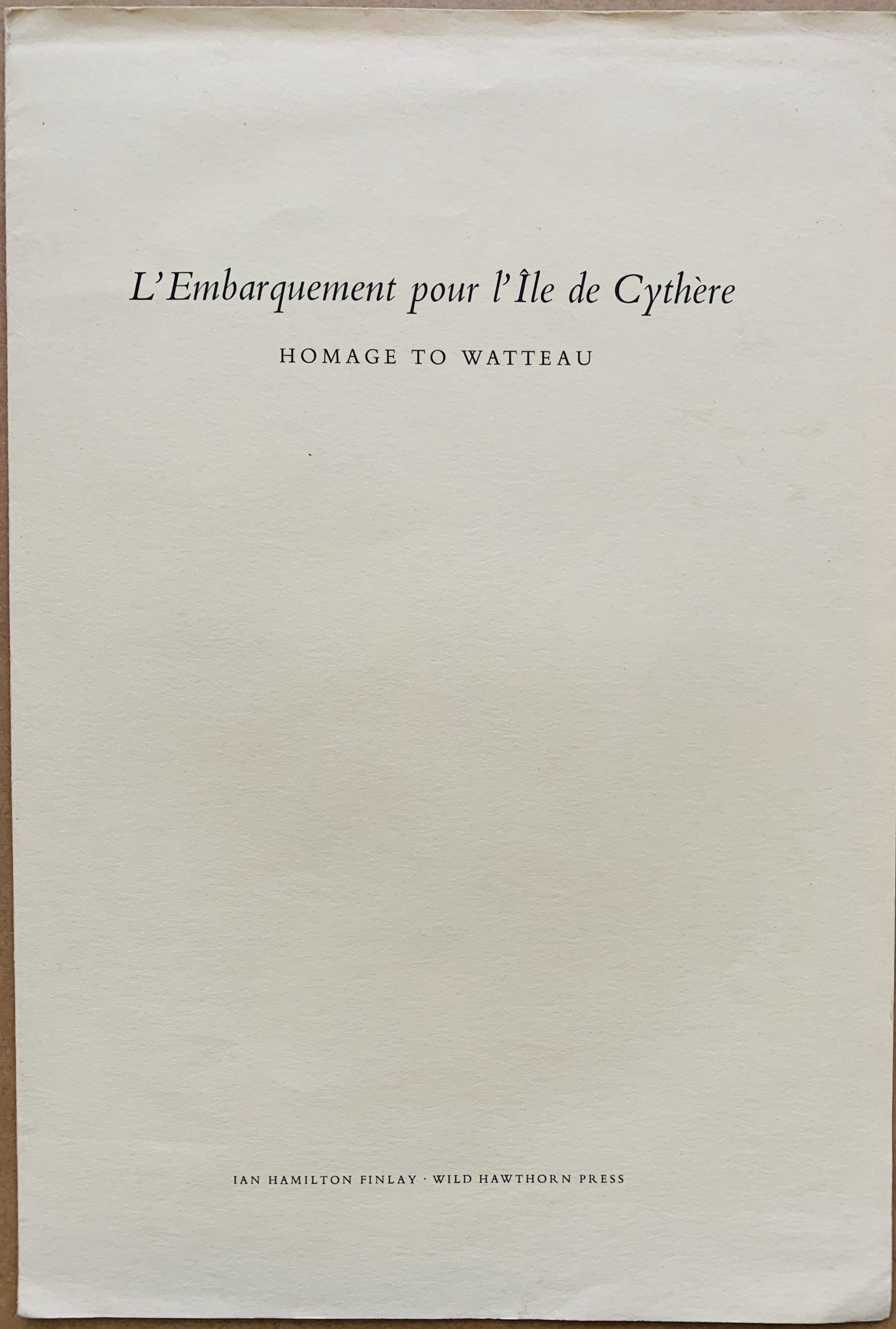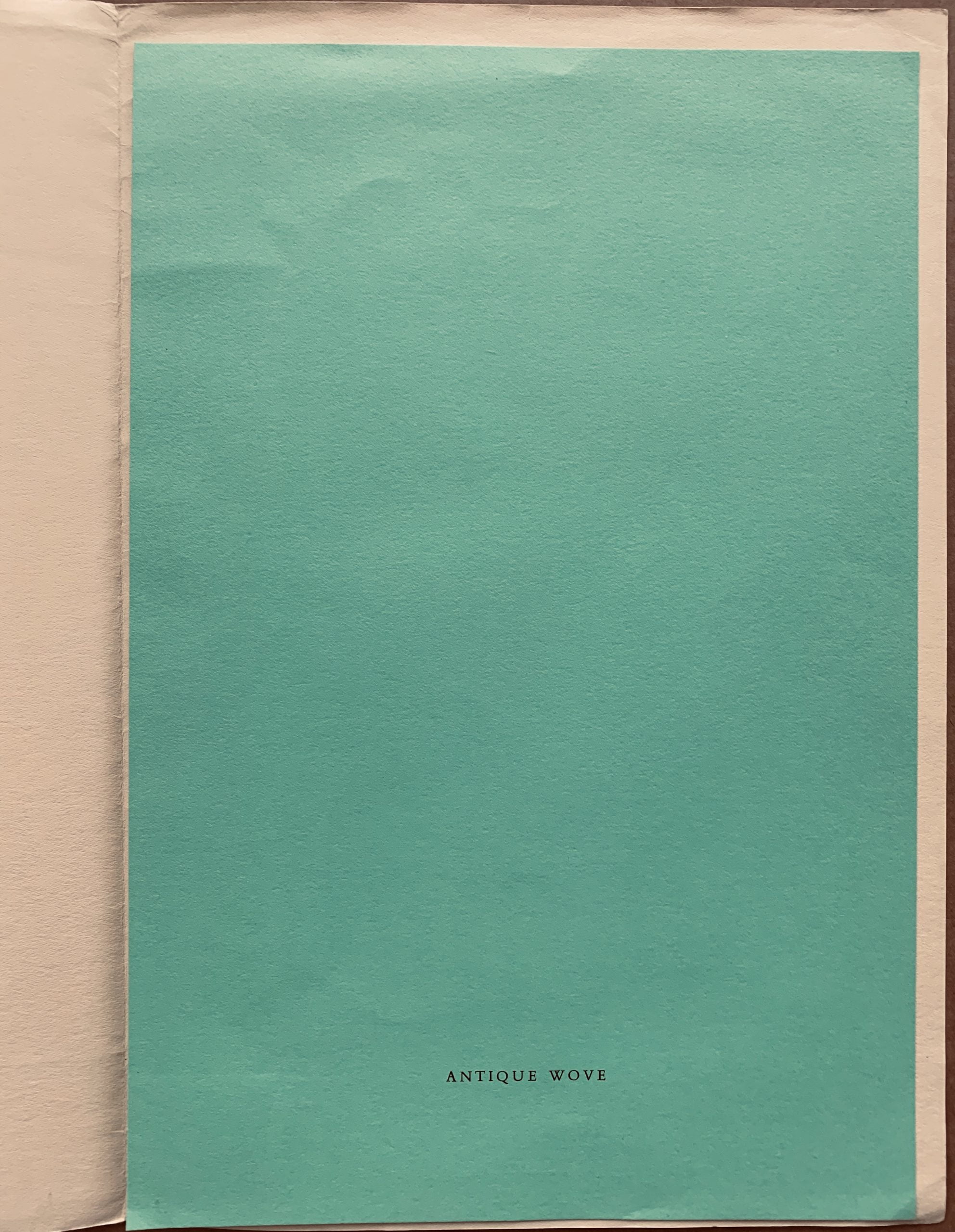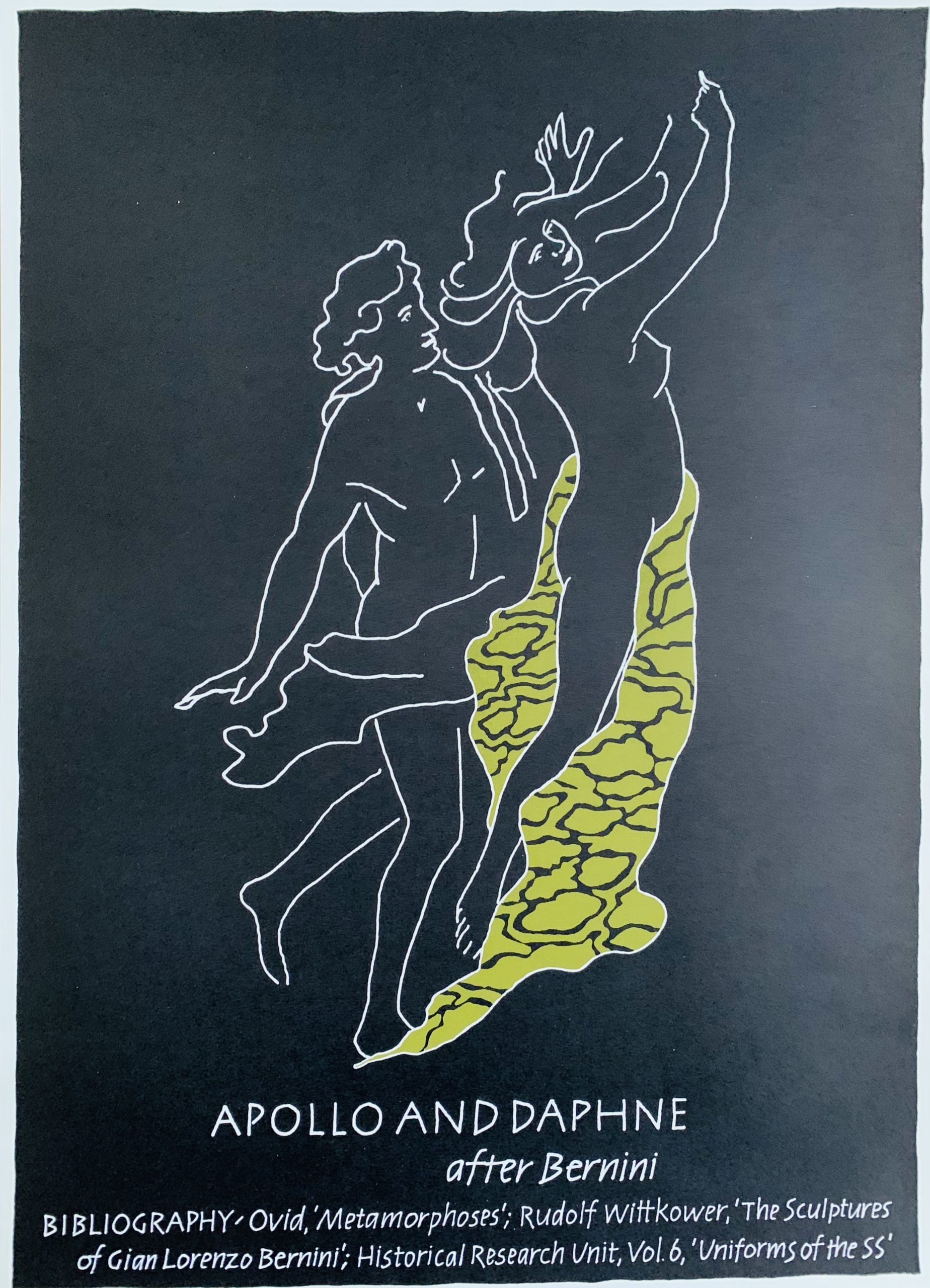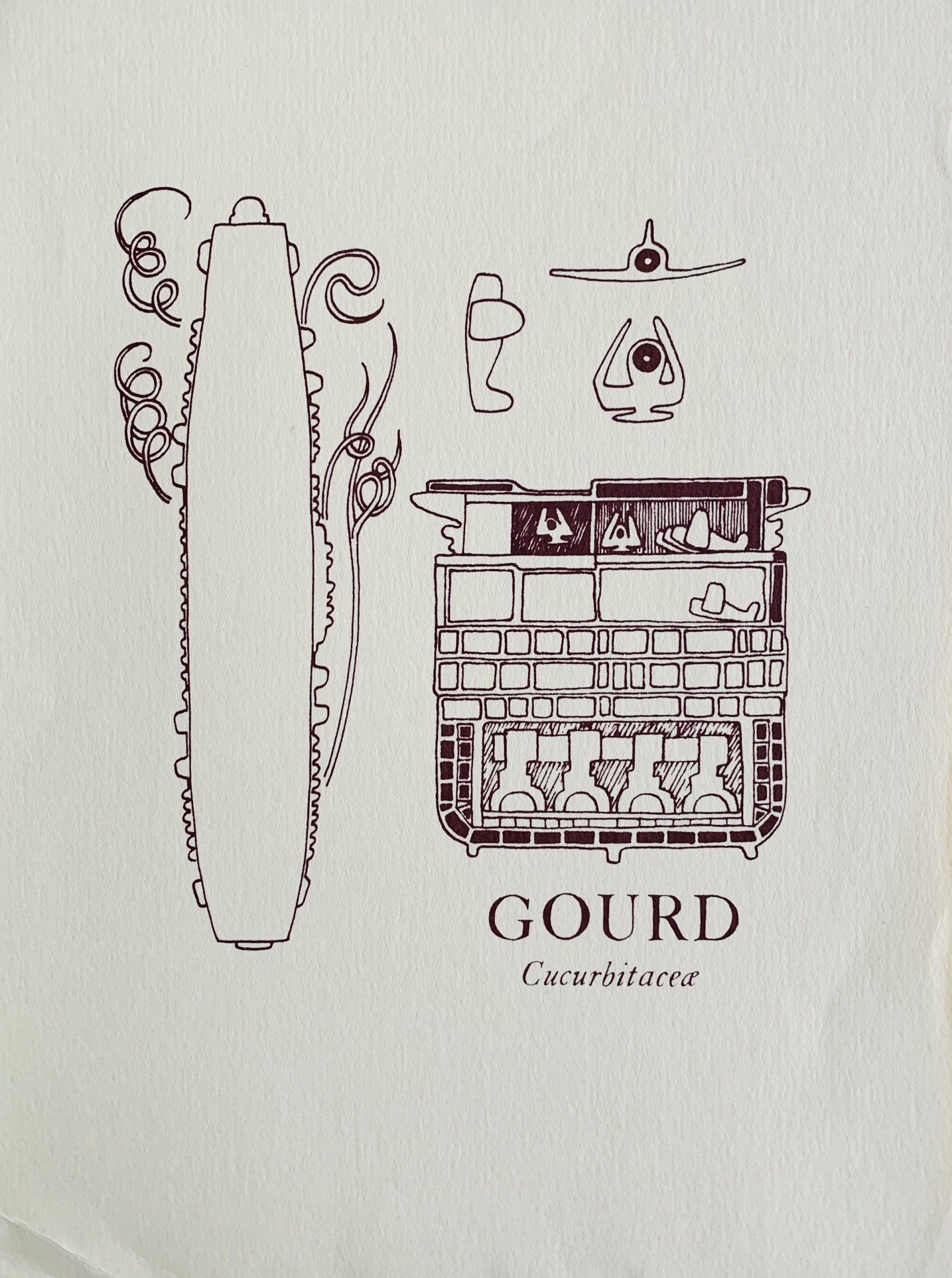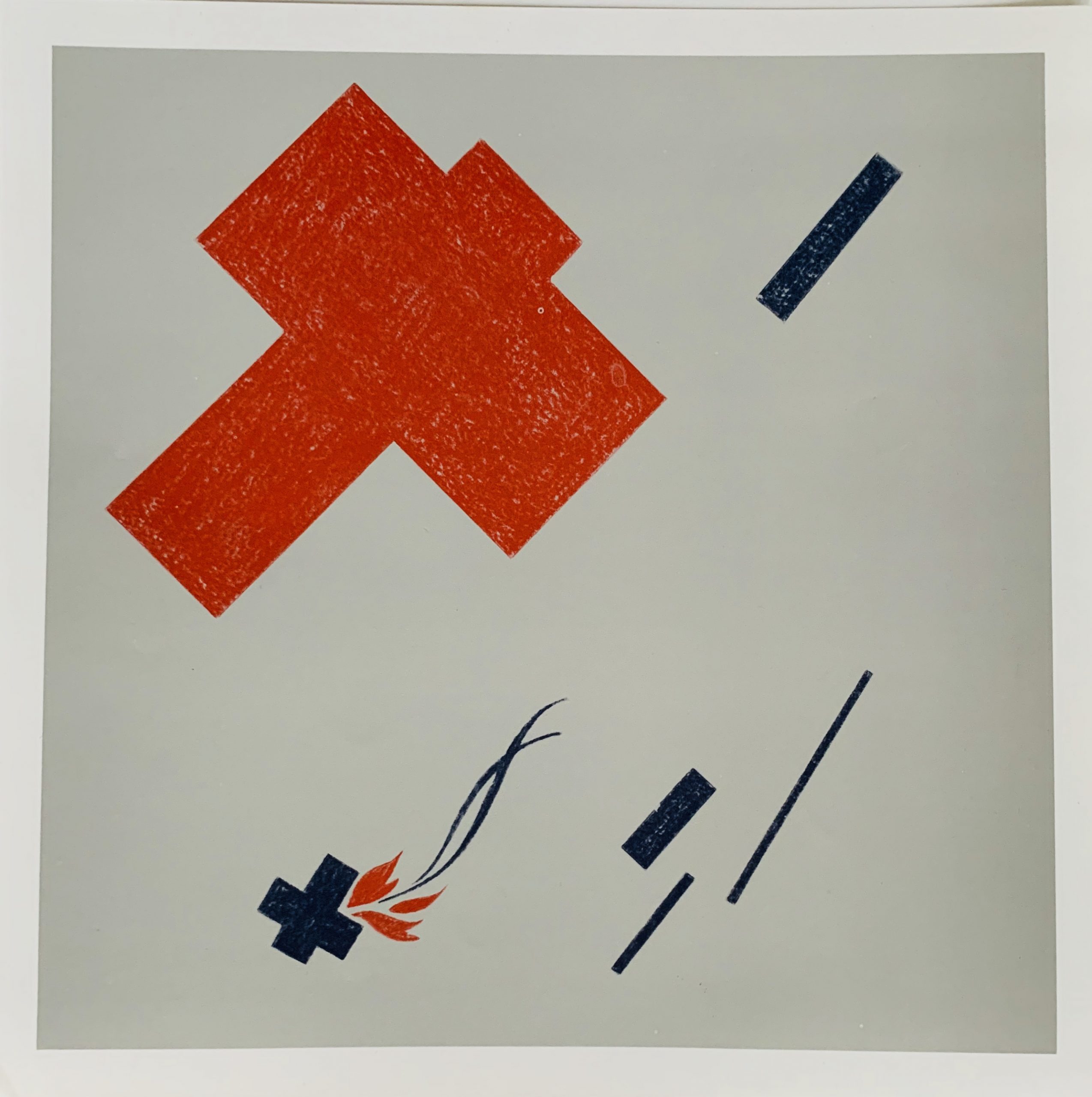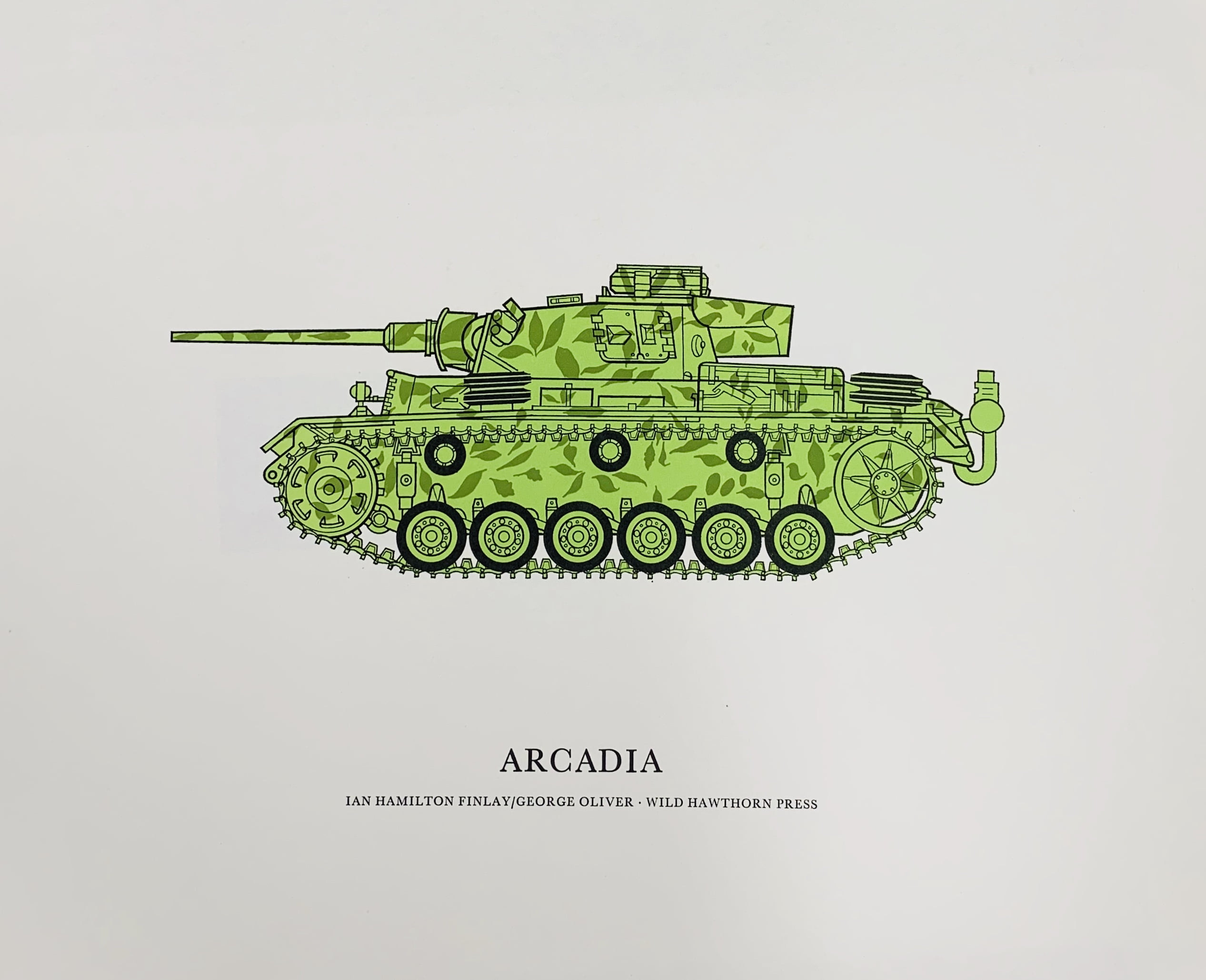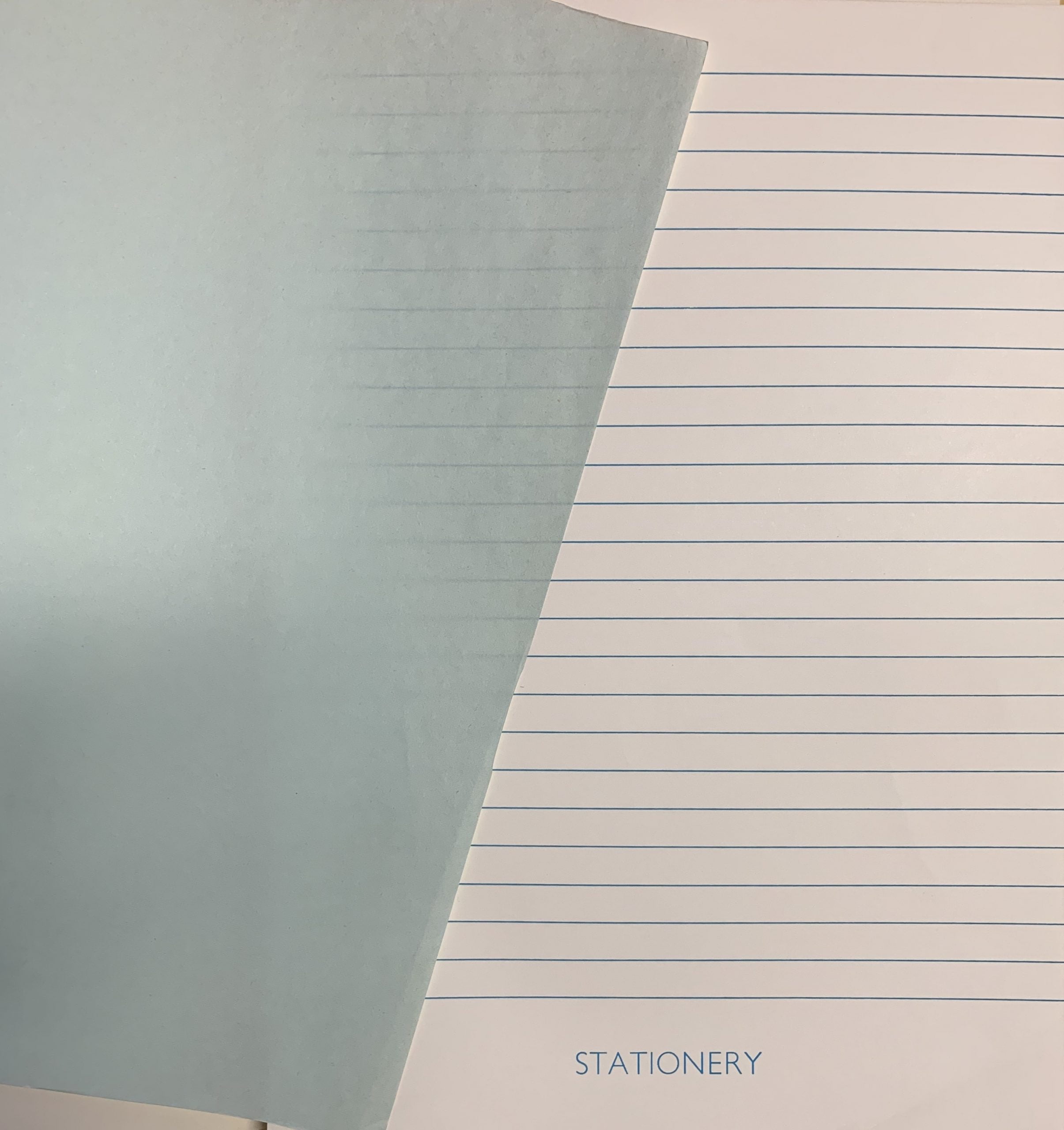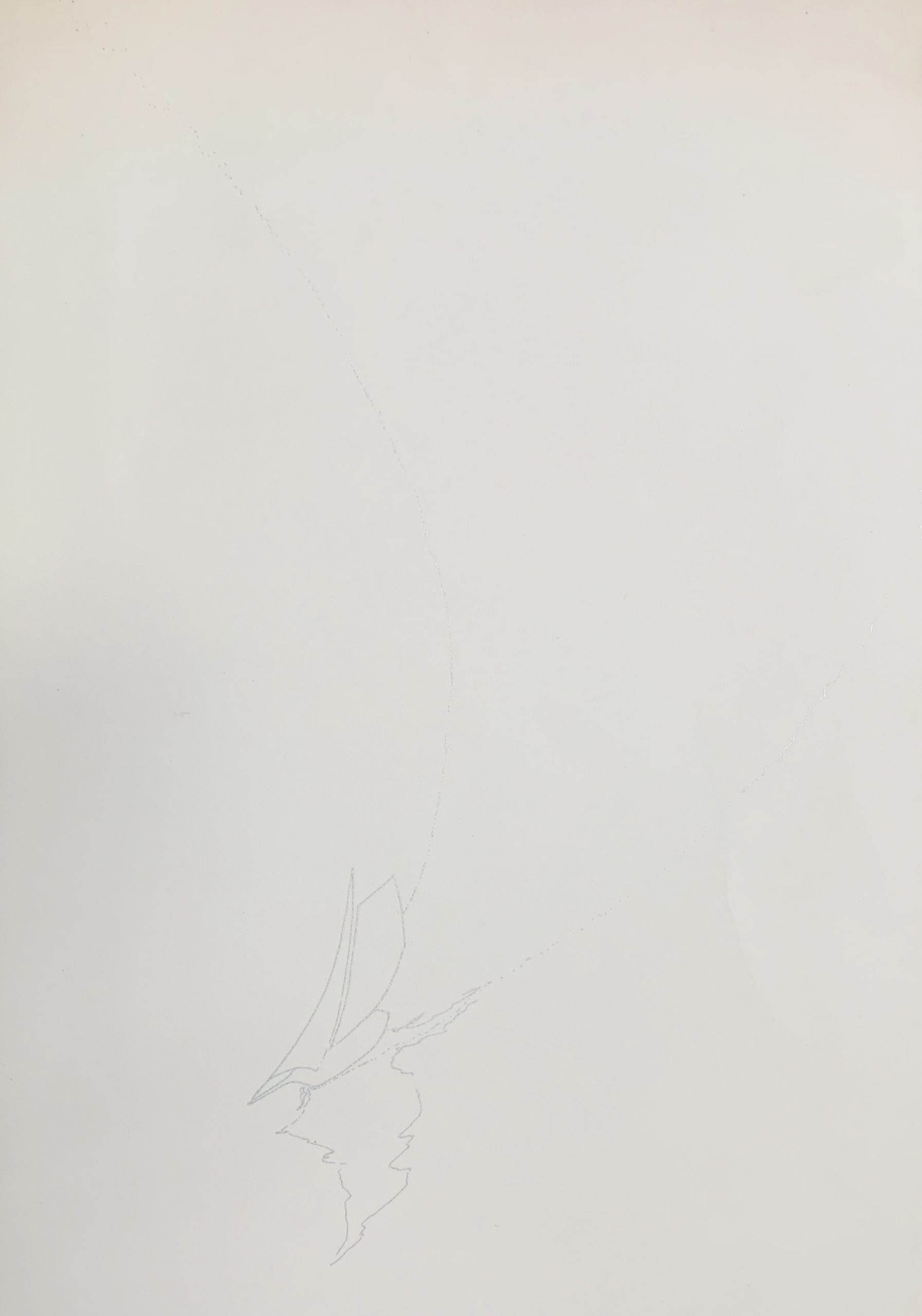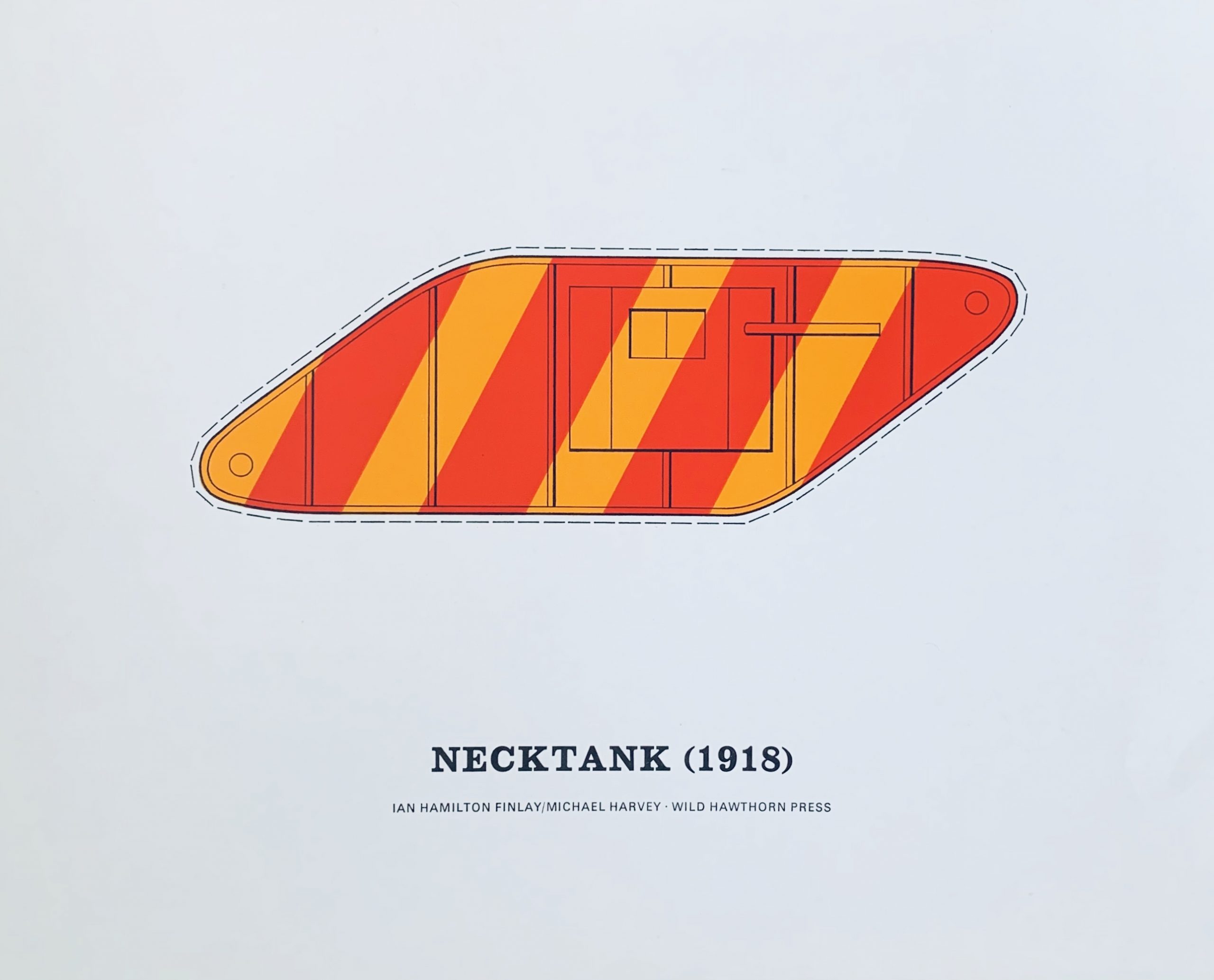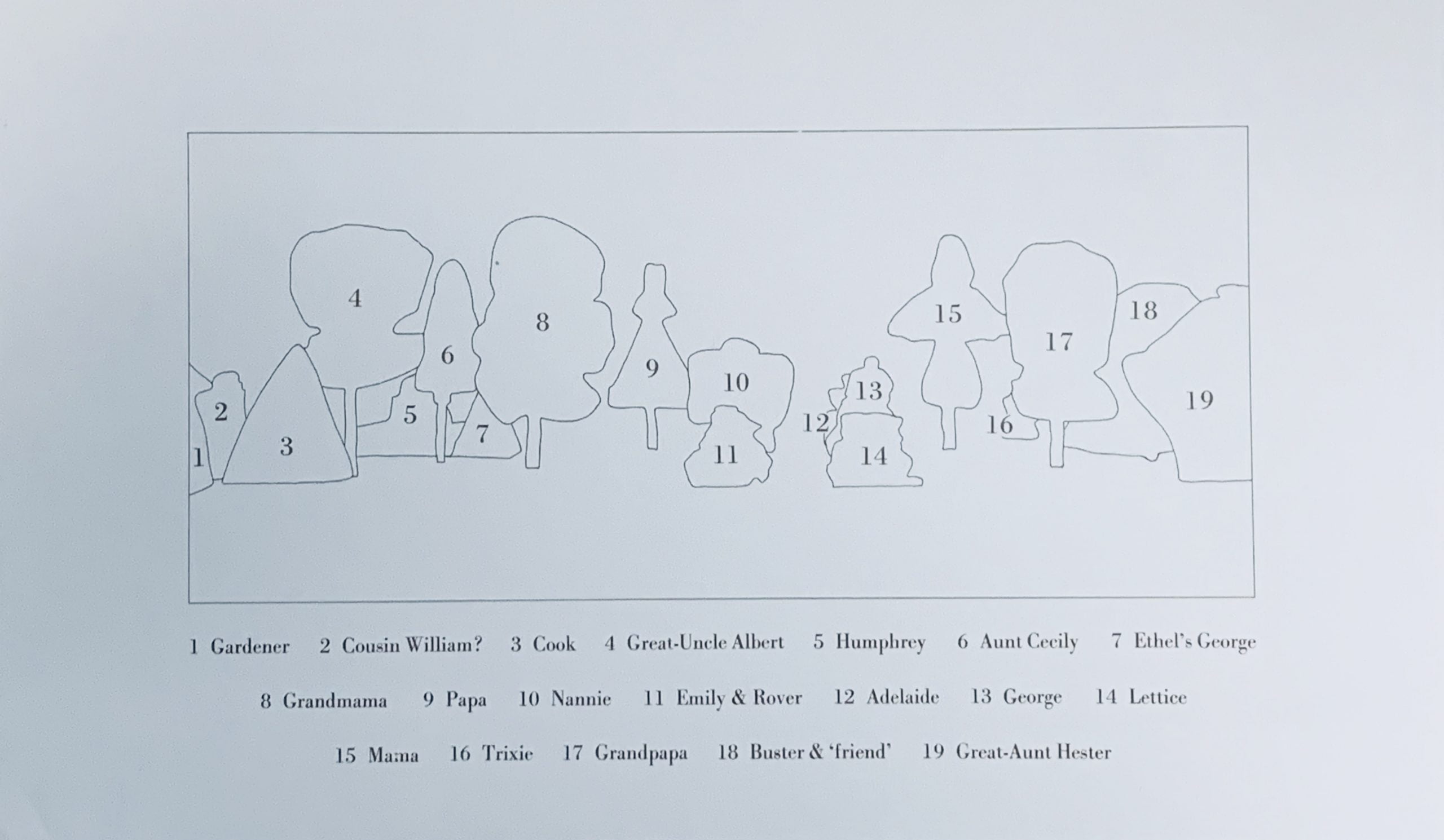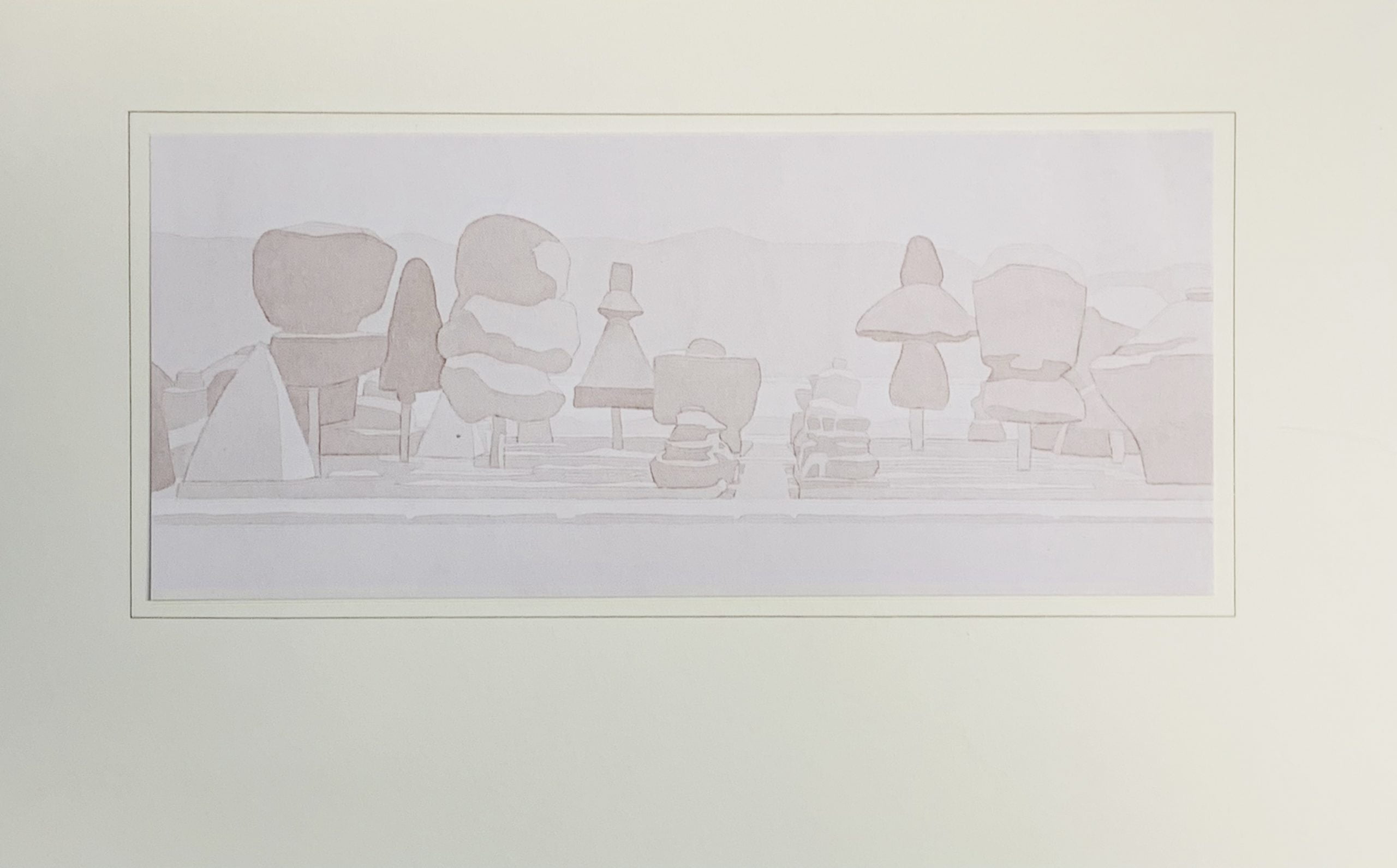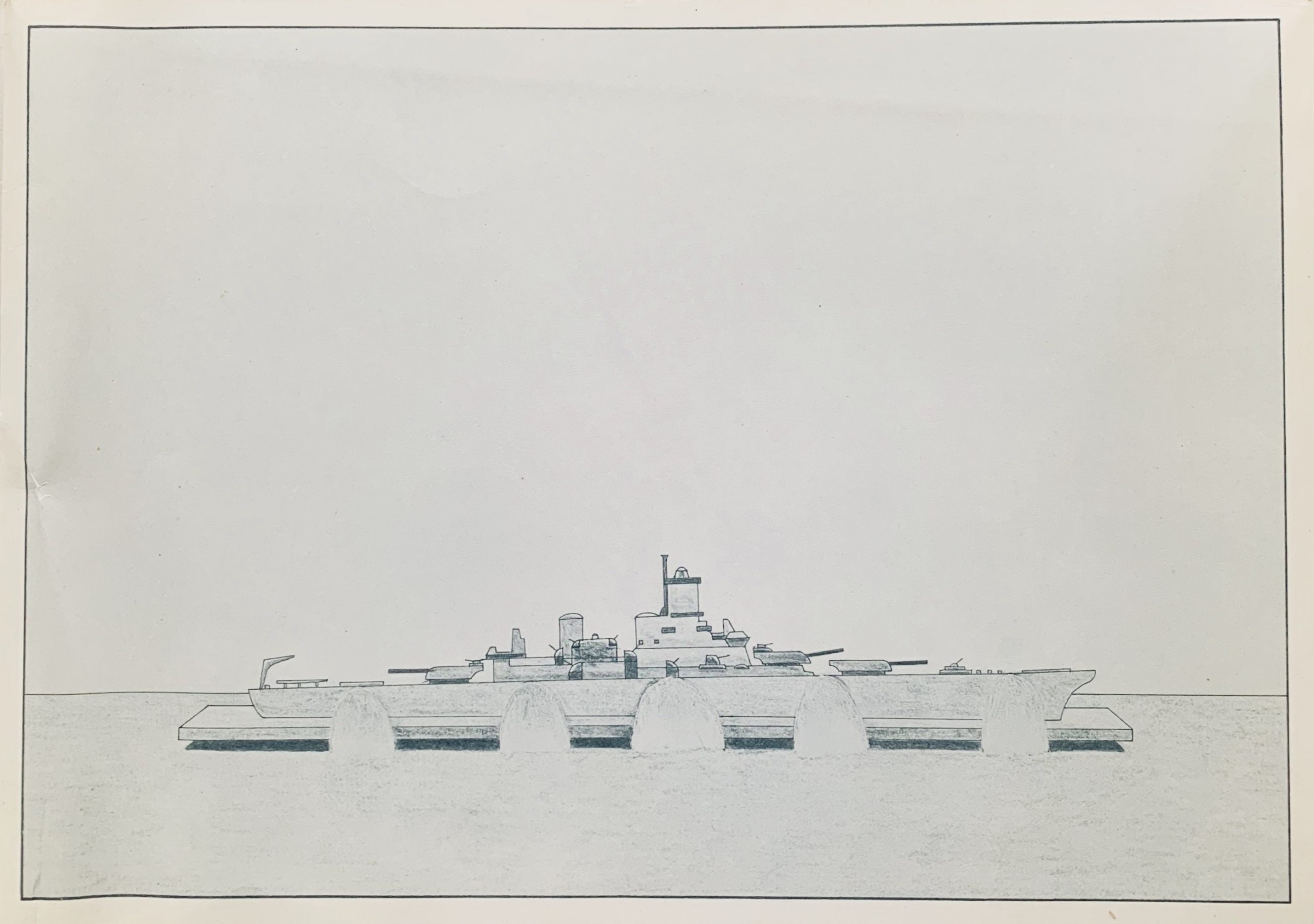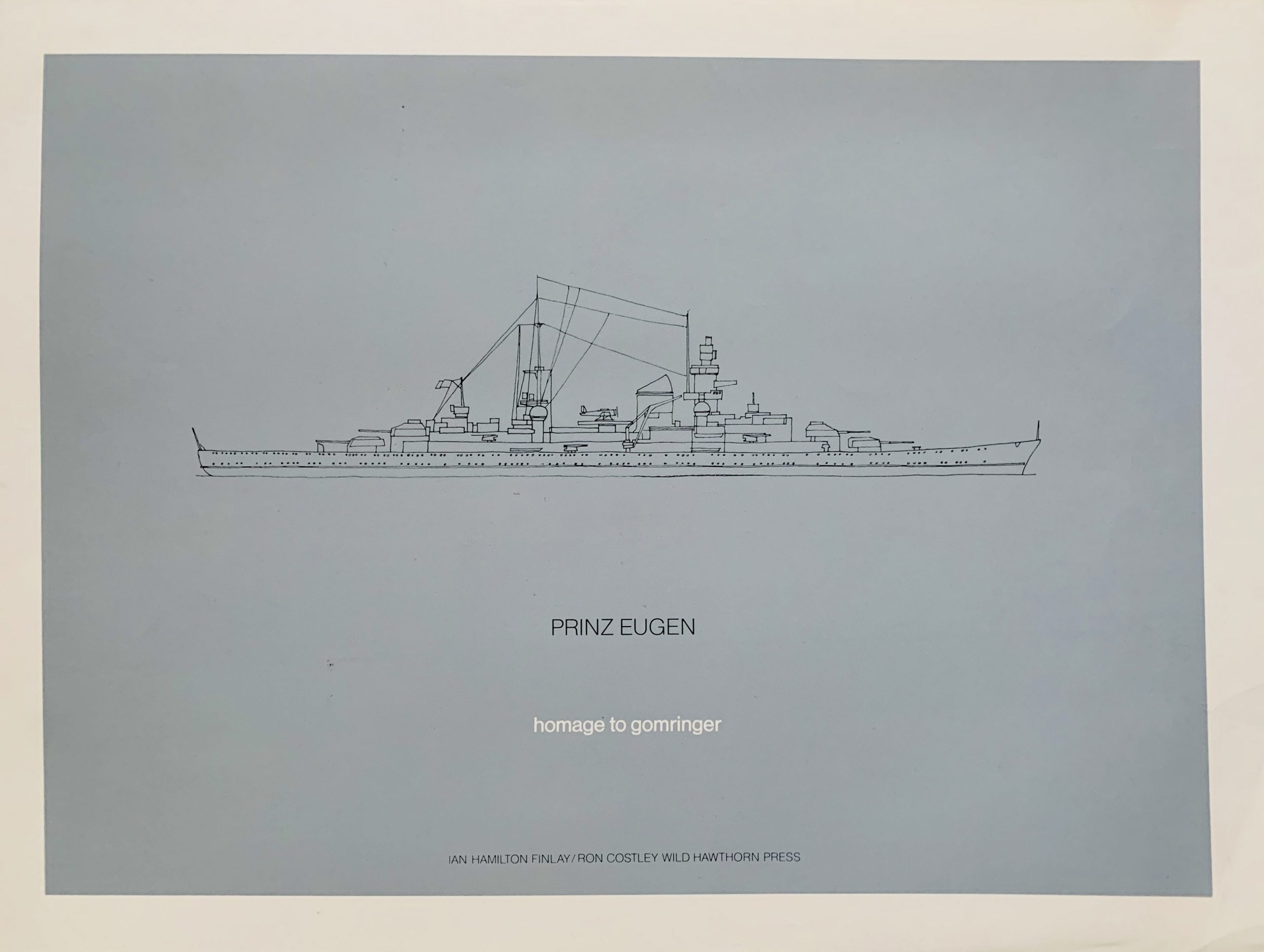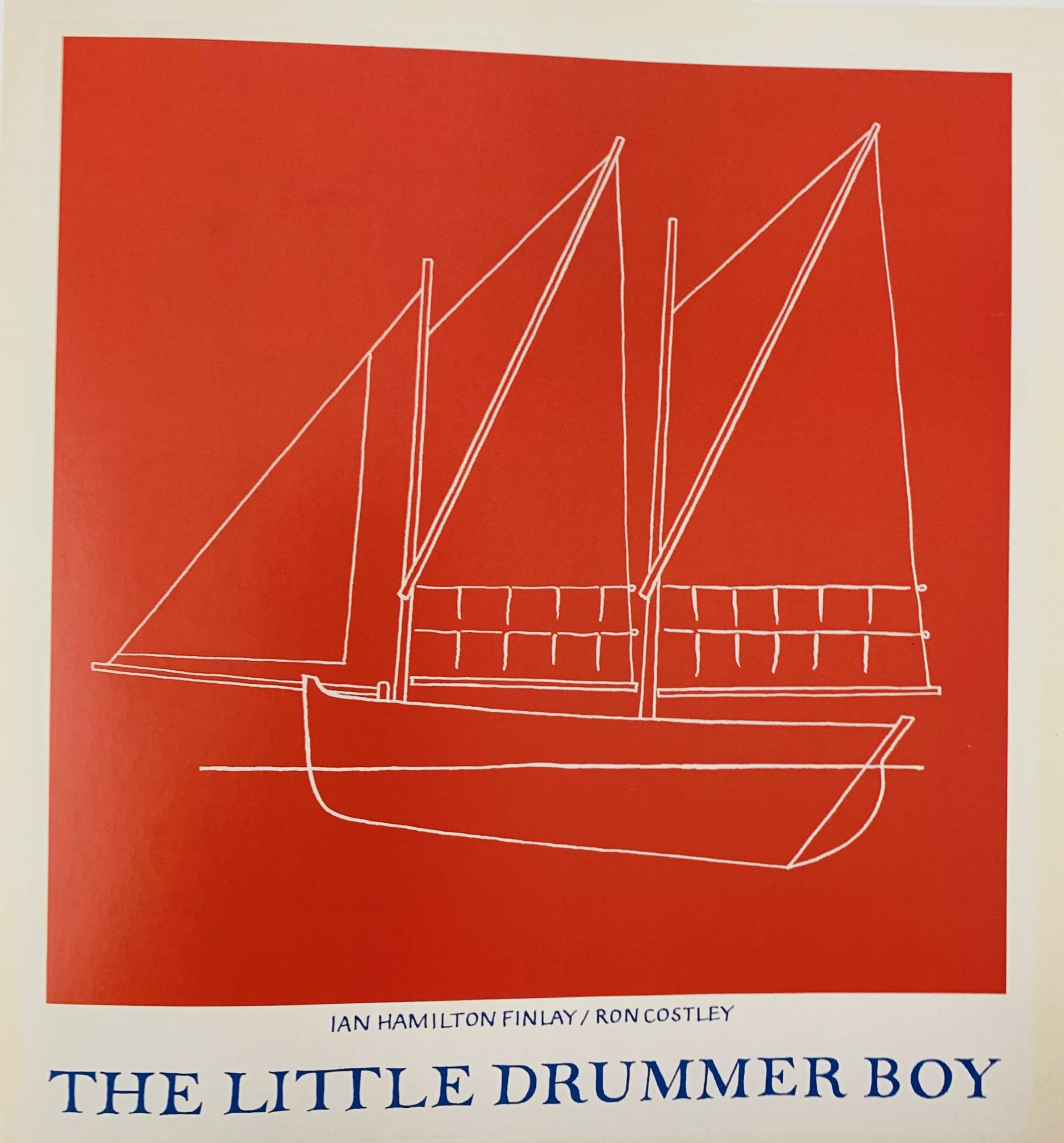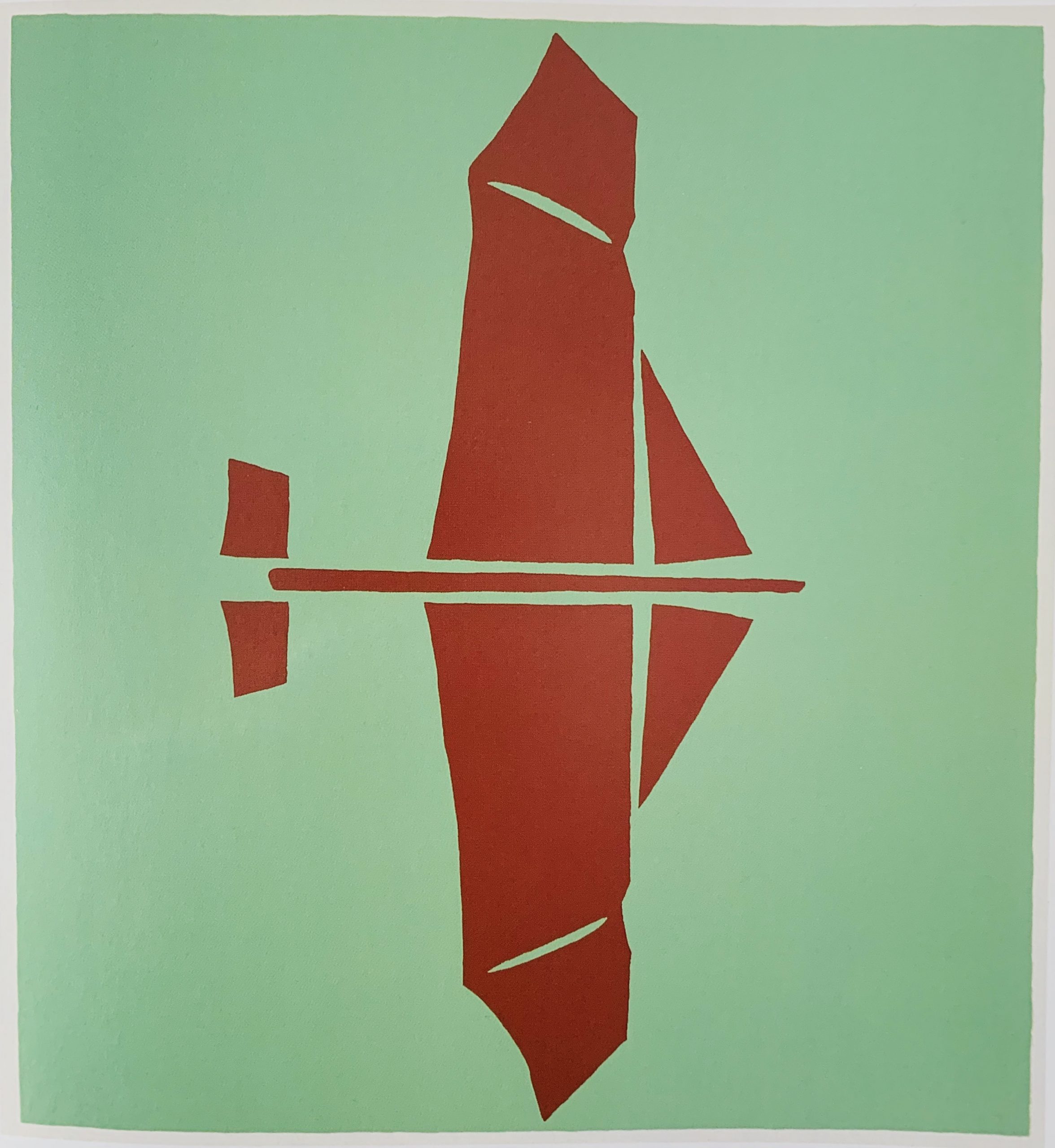27 Sep HOMAGE TO WATTEAU. L’EMBARQUEMENT POUR L’ILE DE CYTHERE. 1975
Little Sparta: Wild Hawthorn Press, 1975
34.1 × 22.8cm, 4pp printed outer folder (black on cream) with the title text and inside a single sheet of green wove paper with the words ANTIQUE WOVE printed at the bottom.
This was one of the first of such works where the paper choice added within a folder is a comment on the subject matter. The choice of green antique wove paper is a reference to the verdant countryside of the Watteau painting, the fact it is a classical "antique" theme.
This innovation of creating a poem using the very materials employed in the printing is to the best of our knowledge a Finlay invention and, as we say, used in similar such works by the poet in later years.
Very slight grubbiness to outer folder else VG.
...

